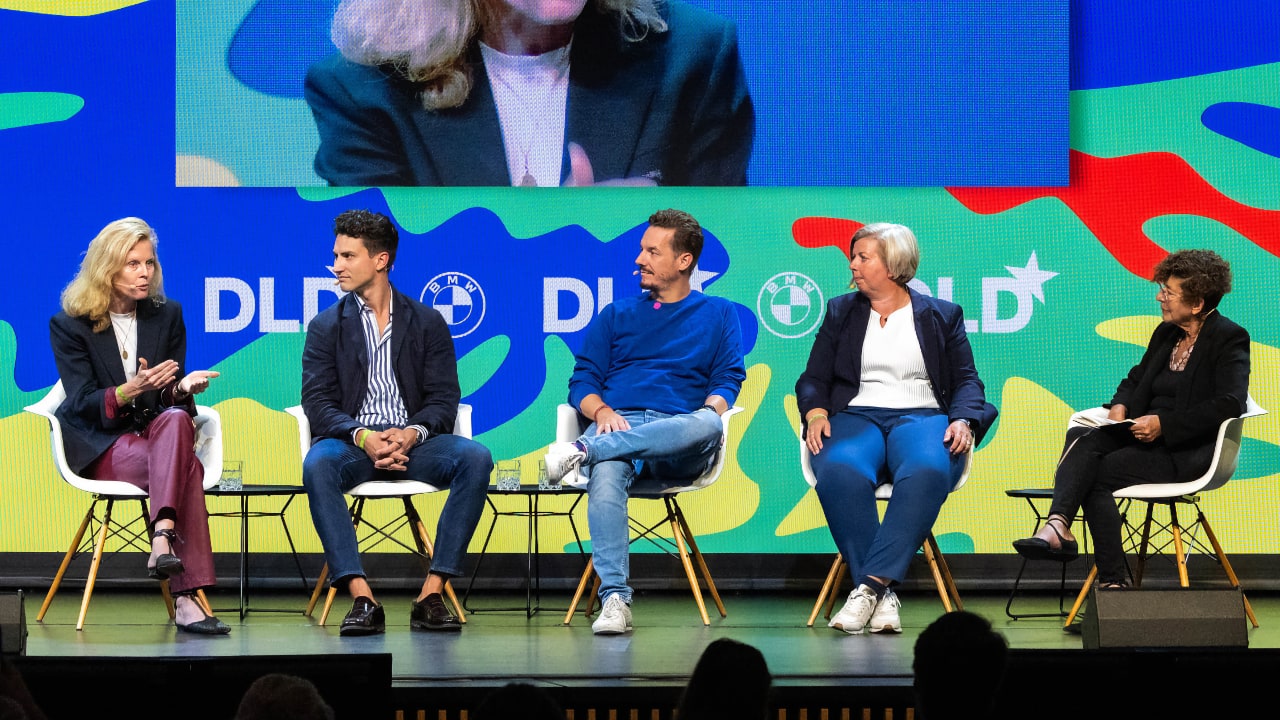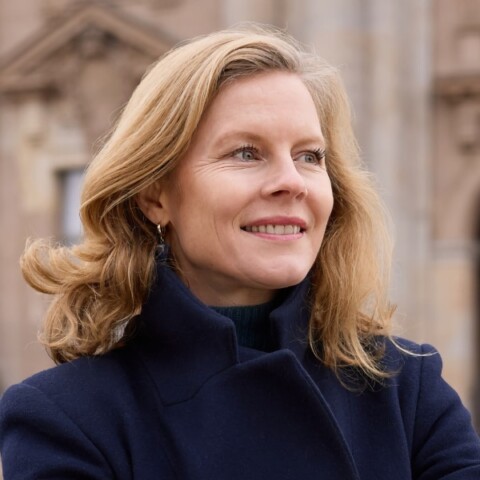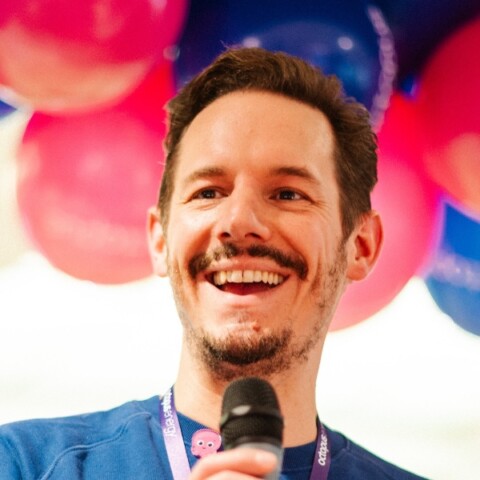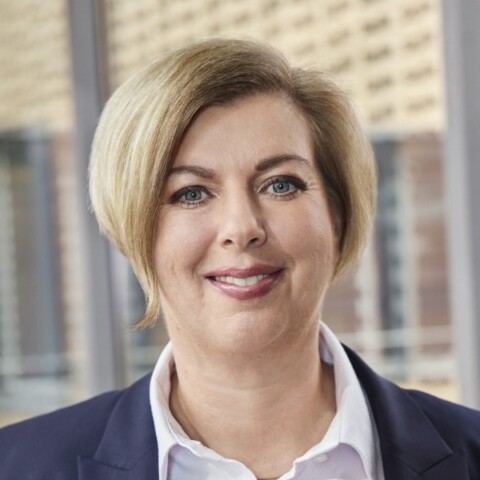The transition to renewable energy is not a far-off dream but a present-day reality, offering a future that is cheaper and more convenient. Moderated by Jennifer Schenker (The Innovator), this DLD Future Hub panel discussion features Saskia Bruysten (Carbon Equity), Karin Thelen (Stadtwerke München), Bastian Gierull (Octopus Energy), and Steffen Garbe (Phlair).
While challenges like the cost of green hydrogen for industrial use remain, the primary obstacles to a fully renewable economy are outdated infrastructure and a fossil-fuel-era mindset, not the viability of green technology itself, the experts argue.
“We’ve got energy from wind turbines that is the cheapest energy we’ve ever had, and it’s getting cheaper every year”, Bastian Gierull notes. “But we’ve got an energy system that isn’t ready to deal with it because it’s stuck in the past.”
Saskia Bruysten agrees. “When you look at wind, solar, and batteries, they are completely at price parity”, she says. “The technology has fully arrived.” In many ways it is even exceeding expectations, she adds. “Five years ago, we couldn’t have imagined that it is actually now possible to have electric long-haul trucks.”
Munich’s public utility, Stadtwerke München, is an example of how the energy transition can work. From just 5% renewable in 2009, the city has gone to 100% green energy today through 300 different power facilities and 4 billion euros in strategic investments, Karin Thelen explains.
Steffen Garbe highlights how carbon capture technology is scaling rapidly. Phlair’s hydrolyzer technology – “powered by energy, salt and water” – is a good example of innovation driving costs down exponentially across climate solutions.
Watch the video for details about clean energy powering a sustainable, circular economy.







